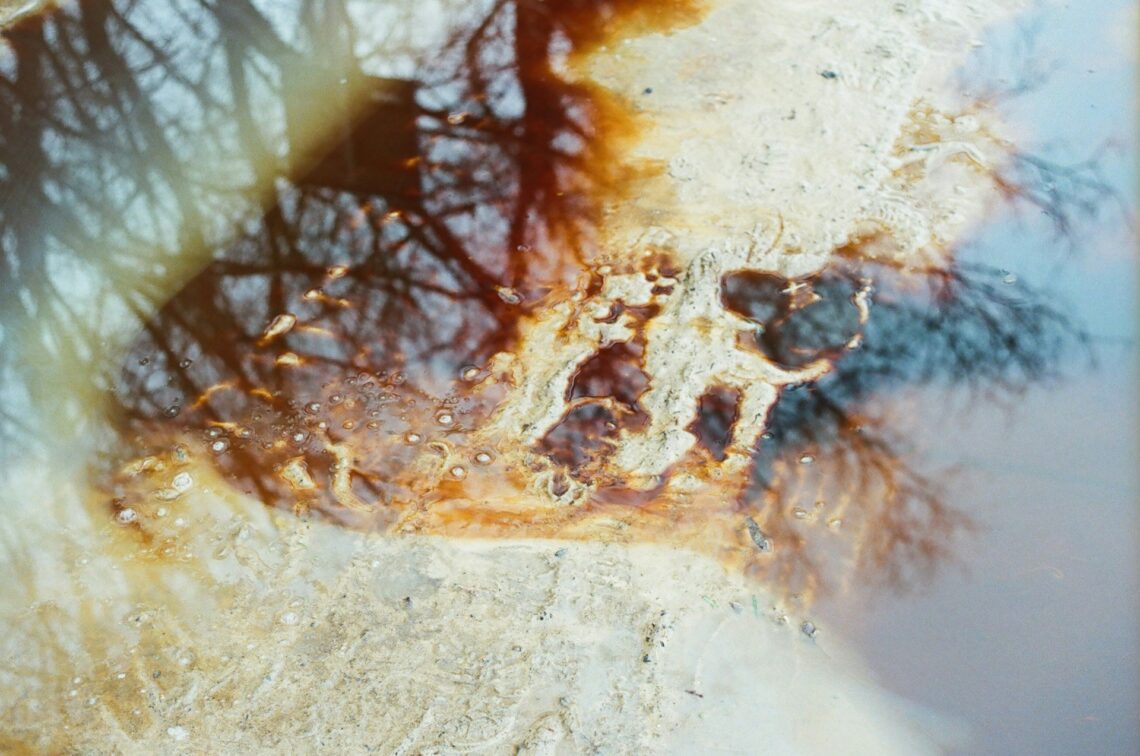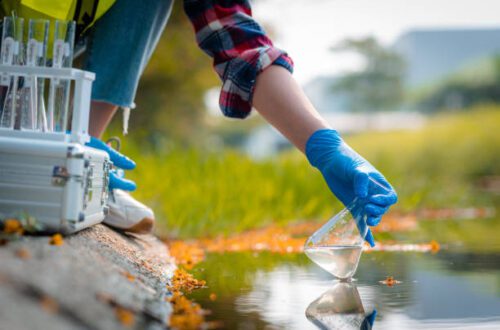Abstract photography relies on the photographer and viewer’s imagination and creativity. Even if a photo is interpreted as meaningless lines, it can be very interesting!
Abstract photographers warp our perception of the world around us by focusing on things like texture, line, shape, geometry, and symmetry. And you can do this with any camera!
Light
Abstract photography relies on different perspectives and techniques that allow you to see your subjects in new ways. This can include changing the perspective of a subject, zooming in to isolate features, and using different types of light.
Light is a crucial element for any photo, and it can be especially helpful in creating an abstract image. Depending on the type of light, it can highlight or blur subjects, add color diffractions, and create shadows that reveal shapes; you can check out the works of photographers like Meg Bitton for inspiration.
Try shooting through water, glass, or other translucent objects to create an interesting abstract image. You can also experiment with different wavelengths of light, such as using infrared photography to capture stunning images of nature. You can also use long exposures to capture water, fireworks, or Ferris wheel movement.
Color
Many abstract images rely on color to attract the viewer. Color can be added in several ways, including projecting it, shooting through something that allows light to pass through, or adding it during post-processing.
For example, you can create a simple abstraction by dropping dye drops into water. The colors blend to form interesting shapes. Similarly, tendrils of smoke and other forms can make an ordinary subject seem strange and unrecognizable.
You can also use slow shutter speeds to capture movement abstractly. For example, long exposures of rivers, waterfalls, the ocean, or Ferris wheels can produce beautiful swirling patterns. You can even experiment with moving subjects using panning or motion blur techniques. This can be challenging, but it’s a great way to add creativity and intrigue to your images.
Movement
In the quest for perfect sharpness, many photographers must remember that movement is an excellent abstract technique. Intentional camera shake can create streaks of color, enhancing the shape of your subject and transforming familiar shapes into new ones.
You can also use motion to create Jackson Pollock-type images. With a tripod, use a long exposure to capture the movement of light trails from a flashlight moving through the air, resulting in an image like paint on canvas.
Look for repeating patterns in nature or artificial structures. Cities are especially rich in geometrical shapes, particularly when captured in black and white. The same applies to macro subjects such as flowers. Even simple household objects such as plastic cups or utensils can serve as creative abstract photographic subjects.
Repetition
When a subject displays natural repetition, it can have a pleasing balance. This is what we see in the mirrored lines of trees on a still lake or how a flower spreads evenly from its center.
When photographed closely, a subject can display interesting patterns and textures. These can be anything from rock textures to feathers to the shapes and colors found in bubbles. Adding light to this photograph can make it look even more abstract. Lighting painting (using a flashlight or other source of light to create streaks on the camera) and long exposures are examples of this technique.
Contrast
Contrast plays an important role in abstract digital photography, whether for artistic effect or to reveal motion that the human eye would hide. The juxtaposition of soft curves and muted colors could create a peaceful mood, while jagged lines and bold, contrasting hues might inspire tension or surprise.
While many photographers avoid apertures that are too wide and shutter speeds that are too slow, these can become valuable tools for the abstract photographer. Similarly, photograms and the kind of grain most people consider a photographic “flaw” can “often be used to great effect in abstract images.
Almost anything can be an abstract subject, including natural scenes that don’t function as a macro. For example, water can create beautiful patterns and textures when captured during a long exposure.






